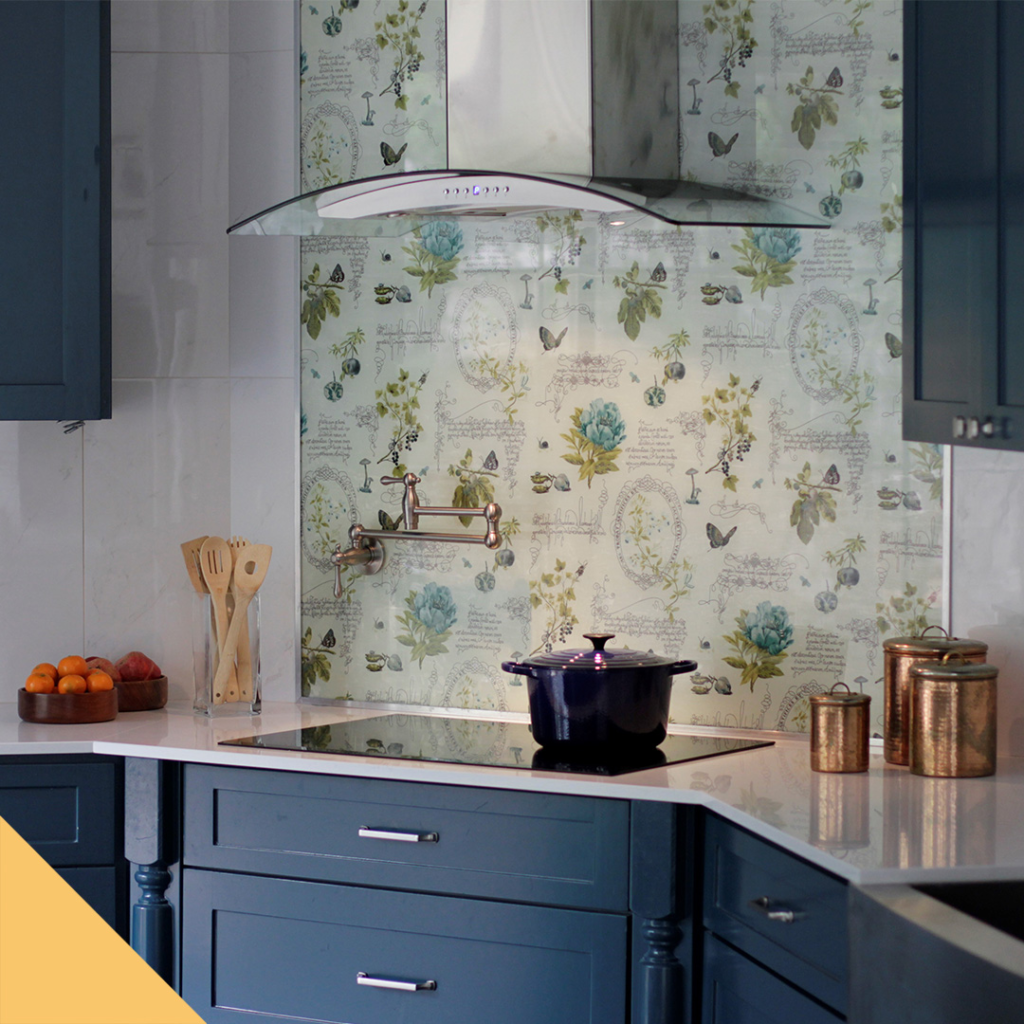
During a remodel, it’s important to take into account all aspects of the room or area of your home you are renovating. Whether that be the kitchen, the bathroom, or even just the living room, you want all of the details of the entire room to flow well and work together to make your ideal home. Specifically in the kitchen, there are many details that need attention and a well-thought-out plan. For example, there are several appliances, fixtures, and hardware that you should be able to have a common theme and colorway with similar finishes and materials. ranOne important appliance that should not be forgotten about is the range hood.
Kitchen Layout
Your kitchen’s layout is the foundation of your remodeling project. Take the time to assess the space, considering factors like the size, shape, and flow. Think about where your appliances will be placed and how you move around the kitchen. By understanding your kitchen’s layout, you can determine the best spot for your range hood, ensuring it fits seamlessly into the overall design.
Range Hood Size
Choosing the right size for your range hood is essential for both functionality and aesthetics. Consider the dimensions of your kitchen and the size of your range. A range hood that’s too small may not effectively capture smoke and odors, while one that’s too large can overpower the space. Aim for a proportional fit that compliments your cooking area while providing adequate ventilation.
Mount Type
The mount type of your range hood depends on your kitchen’s layout and design. A wall-mounted range hood is ideal for kitchens with limited space or where the range is positioned against a wall. On the other hand, an island-mounted hood works well for kitchen islands, offering ventilation without obstructing sightlines. Under-cabinet hoods are perfect for compact kitchens, maximizing space while providing efficient ventilation.
Noise Level
No one wants a noisy kitchen appliance that disrupts the cooking experience. When selecting a range hood, consider its noise level and opt for models with quiet operation. A quieter range hood allows you to enjoy conversations with family and friends while cooking, creating a more pleasant kitchen environment.
CFM Rating
The CFM (cubic feet per minute) rating of a range hood indicates its ventilation power. Higher CFM ratings mean better airflow and more effective removal of cooking odors, grease, and smoke. However, it’s essential to strike a balance between ventilation power and noise level, ensuring optimal performance without excessive noise.
Stove BTUs
The BTUs (British thermal units) of your stove determine the heat output and, consequently, the amount of air, grease, and smoke the range hood needs to handle. Higher BTU stoves require range hoods with higher CFM ratings to effectively remove cooking byproducts. By matching the CFM rating to your stove’s BTUs, you can ensure efficient ventilation and a cleaner kitchen environment.
Ducted or Ductless Ventilation
Choosing between ducted and ductless ventilation depends on your kitchen’s configuration and your personal preferences. Ducted range hoods vent air outside through ductwork, providing optimal ventilation. Ductless hoods recirculate air through charcoal filters, making them suitable for kitchens where duct installation is not feasible. Consider the pros and cons of each option to determine the best fit for your kitchen.
Control Options
The control options of a range hood allow you to customize its operation according to your cooking needs. Look for hoods with adjustable lighting and power settings, providing flexibility and convenience. Whether you prefer bright task lighting for meal preparation or a quieter operation for casual cooking, having control over these features enhances your kitchen experience.
ADA Compliance
ADA (Americans with Disabilities Act) compliance ensures that range hood controls are accessible and easy to operate for individuals with disabilities. Features such as remote control capabilities and user-friendly button panels enhance usability, making the range hood more inclusive and accommodating to all users. Prioritizing ADA compliance ensures that your kitchen is accessible to everyone, regardless of physical ability.
Finish Type
The finish of your range hood contributes to the overall aesthetic of your kitchen. Consider the existing design elements, such as cabinetry, countertops, and appliances, when selecting a finish. Stainless steel is a popular choice for its sleek and modern look, while wood and designer finishes add warmth and character. Copper and glass range hoods offer unique and stylish options, enhancing the visual appeal of your kitchen. Choose a finish that complements your kitchen’s style and reflects your personal taste.
Conclusion
Choosing the right range hood for your kitchen is a decision that impacts both the functionality and the overall look of your space. By considering factors such as kitchen layout, size, mount type, noise level, CFM rating, stove BTUs, ventilation type, control options, ADA compliance, and finish type, you can find a range hood that meets your needs and enhances your kitchen’s design. A well-selected range hood not only ensures effective ventilation but also adds to the aesthetic harmony of your home, making your kitchen a more enjoyable place to cook and gather.







